Wildlife Rehabilitation: An Introduction
Revive, Restore, Rewild: Your Gateway to Wildlife Healing
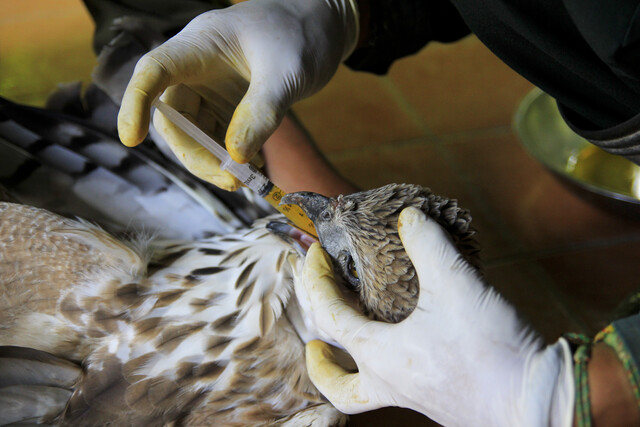
7 Hours average completion time
0.7 CEUs
12 Lessons
15 Exams & Assignments
163 Discussions
12 Videos
25 Reference Files
82 Articles
Mobile Friendly
Last Updated December 2025
Imagine the moment: a tiny, injured animal in your hands, frightened and vulnerable, unsure of its future. But with your knowledge and compassion, you give it a second chance at life. This is the heart of wildlife rehabilitation--a profession that merges science, skill, and compassion into one life-changing mission. Our Wildlife Rehabilitation Course is your path to becoming not just a caretaker of animals, but a guardian of the wild, someone who makes a real, tangible difference.
This course isn't just about learning the basics--it's about transforming your passion into expertise. Whether you're rescuing a bird entangled in netting, nurturing an orphaned fawn, or rehabilitating a wounded raptor back to health, this course prepares you for every challenge and triumph that comes with caring for injured or abandoned wildlife. You will develop the confidence to act swiftly in rescue situations, the skills to provide medical care, and the knowledge to support recovery until these animals can thrive again in their natural habitats.
But what makes this course truly exceptional isn't just the depth of information--it's the connection you'll build with the wildlife you help. You'll delve deep into species-specific care, learning the nuances of everything from songbirds and small mammals to reptiles and majestic raptors. Each creature has its own needs, behaviors, and health requirements, and you'll emerge from this course with a thorough understanding of how to address them all. This is more than a training program--it's a masterclass in empathy, science, and hands-on care that readies you for the real world of wildlife rehabilitation. With real-life case studies and in-depth discussions on complex topics--like handling nuisance wildlife and making tough decisions around euthanasia--you'll be prepared for even the most emotionally challenging aspects of the job.
Most importantly, you'll finish this course with a renewed sense of purpose. You'll not only know how to rehabilitate animals, but you'll understand how your work fits into a larger conservation effort, helping preserve biodiversity and protect fragile ecosystems. By the time you complete this course, you'll be more than ready to step into the field, equipped with both the knowledge and the heart to make a lasting impact.
Now is the time to transform your love for animals into something powerful. Don't just stand on the sidelines--become the hero wildlife needs. Take this course and start making a difference today.
- Nutrition and diet management
- Species-specific care understanding
- Animal anatomy and behavior comprehension
- Ethical decision making in rehabilitation
- Disease and injury treatment skills
- Evaluating animal readiness for release
- Communication with veterinary professionals
- Implementing biodiversity conservation strategies
- Habitat adaptation for rehabilitation
- Balancing human and animal welfare
- Wildlife safety and handling
-

The Power of Ecology: Shaping a Sustainable Future
-

Geography 101
-

Geology 101
-

How to Run a Dog Day Care
-
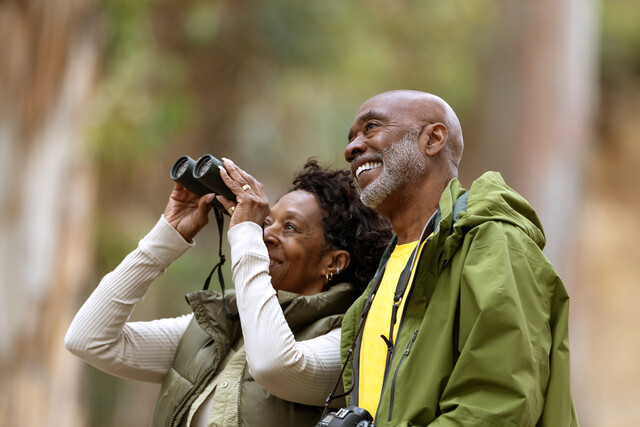
Bird Watching: Food, Feeders and Behavior
-

Dog & Cat First Aid, Care & Maintenance
-
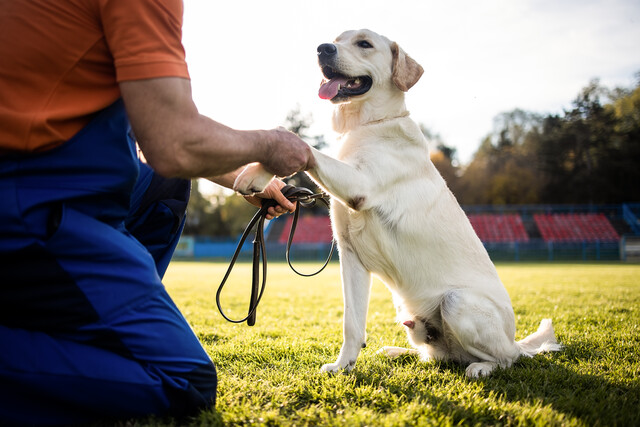
Advanced Dog Training Techniques
-

Biology 360: From Molecules to Ecosystems
-

Landscaping 101
-

Cat Care and Training 101
-

Understanding Learning Styles
-

Butterflies
-
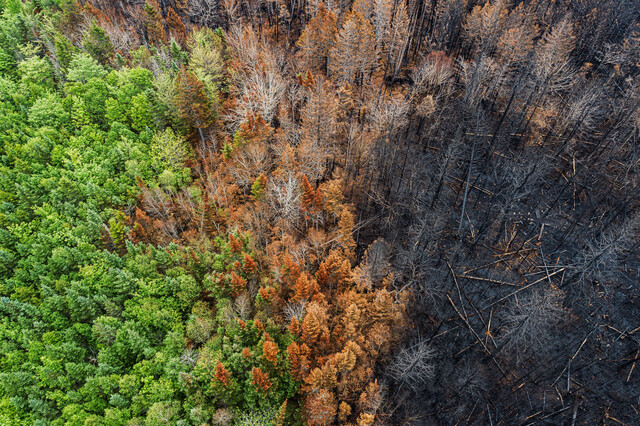
Climate Change
-

Dog Psychology 101
-
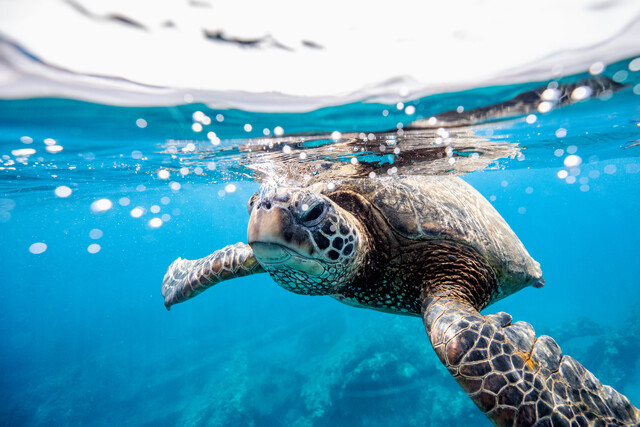
Marine Biology 101
-
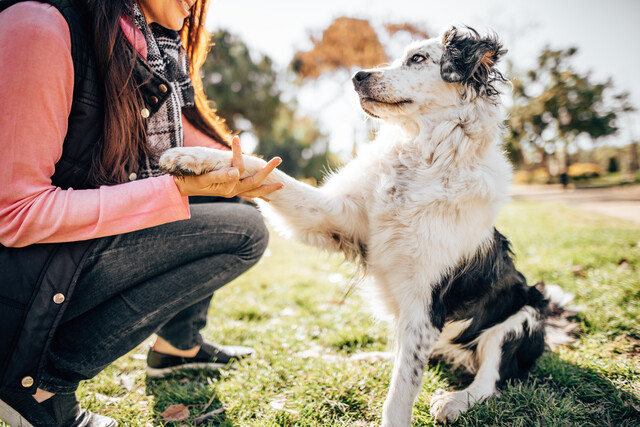
Dog Training 101: A Guide for Beginners
-
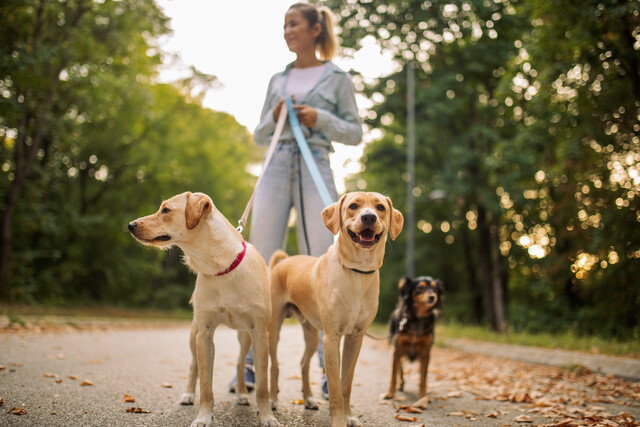
Pet Sitting & Dog Walking Business